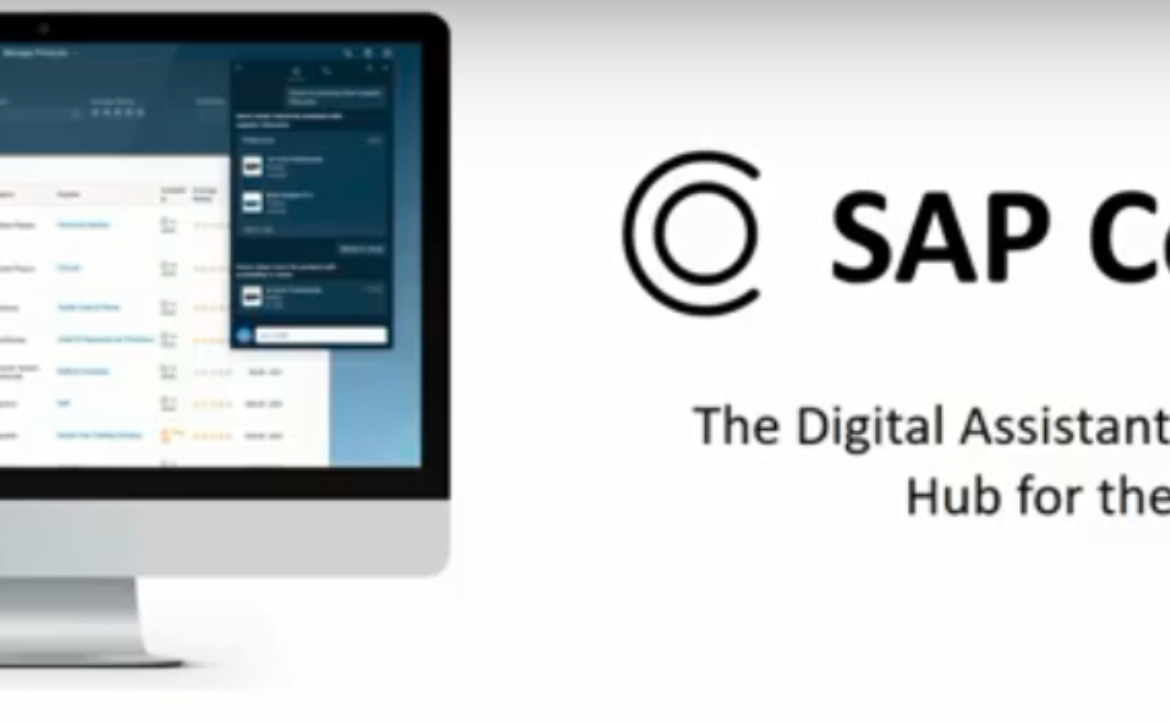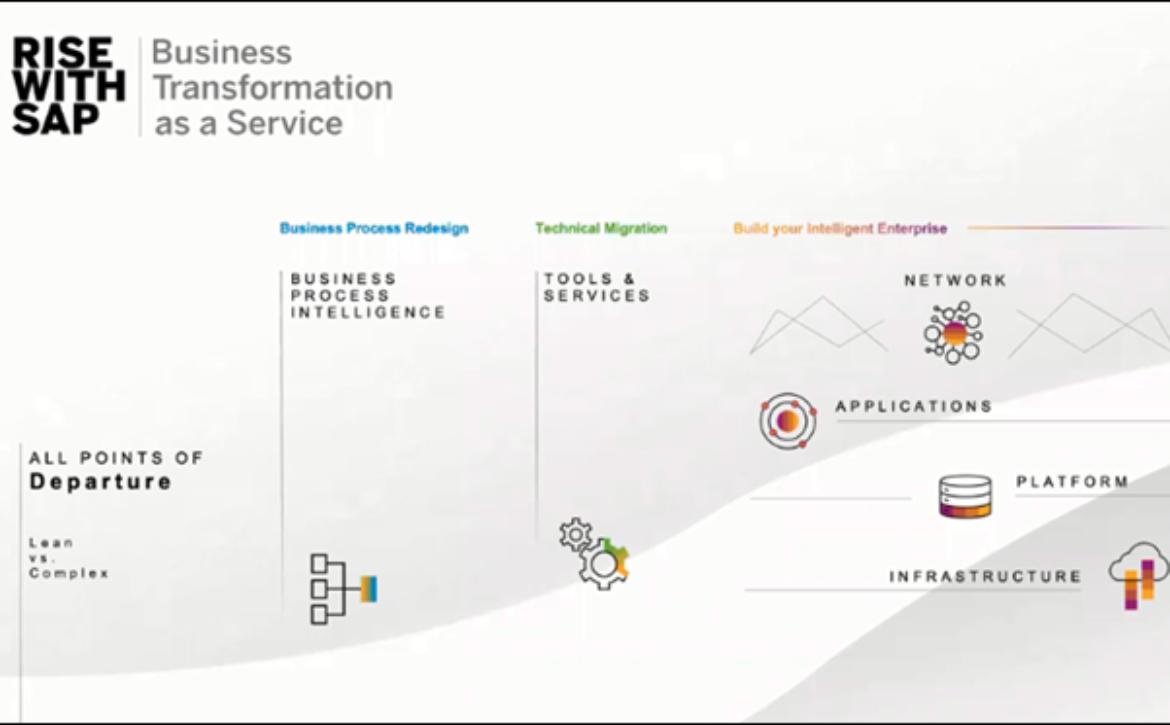What is SAP Co-Pilot?
Imagine you are sitting on your couch, scrolling through Instagram, it’s 21:00 o’clock, you are done with dinner and planning to go to bed… almost all of the items in your to do list is checked…
And suddenly you realize that you forgot to punch a Purchase order against the purchase requisition raised by IT department. The requirement is for procurement of headsets and it is urgent, the PO should have punched today itself. So you decide to create purchase order…
Now imagine the pain of getting up and reaching to your home office desk/laptop, logging in, connecting through all of VPN and then follow all of the necessary steps to create purchase order without getting distracted by the emails or the messages you may have received.
Now, instead of doing all of this, what if someone do it for you. Like you ask google assistance/Siri/Alexa to set an alarm for you, like you ask them to call xyz person. What if you get a similar bot and you ask that bot to ‘show me all of the purchase requisition created for headset requirement’ and the bot replies you with the appropriate requisition number and a soft copy of that requisition on your smartphone. You check the details of the requisition and then you ask bot to create a purchase order for this xyz requisition… and within few seconds the bot replies you with the created purchase order and soft copy of it….
Wouldn’t it be amazing? If you think it is, then it’s here the bot name is SAP Co-pilot and it can do many more things than what we imagined in above example. Explore more about co-pilot in below video..




















